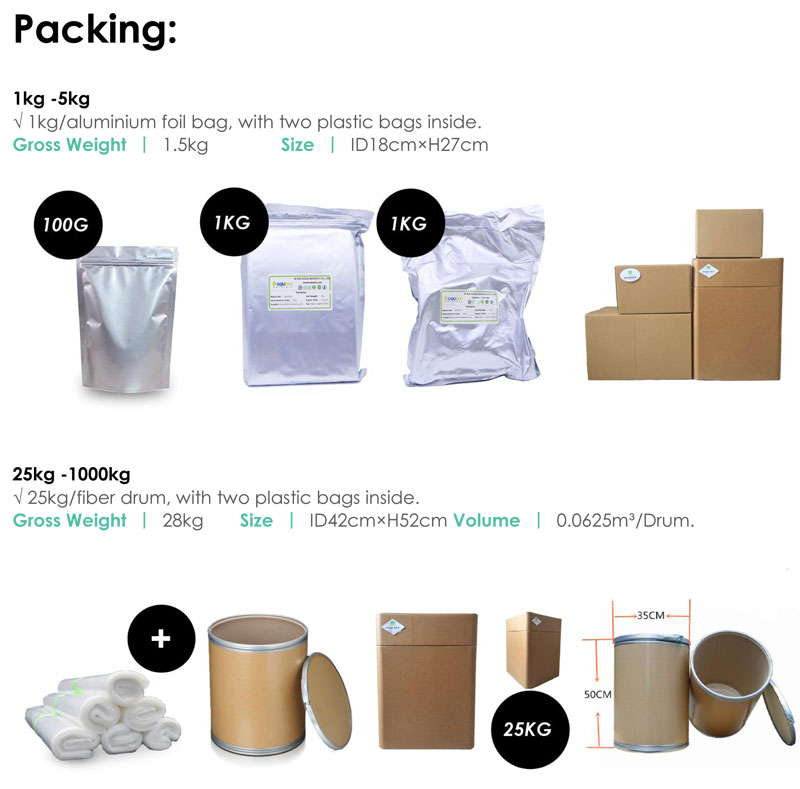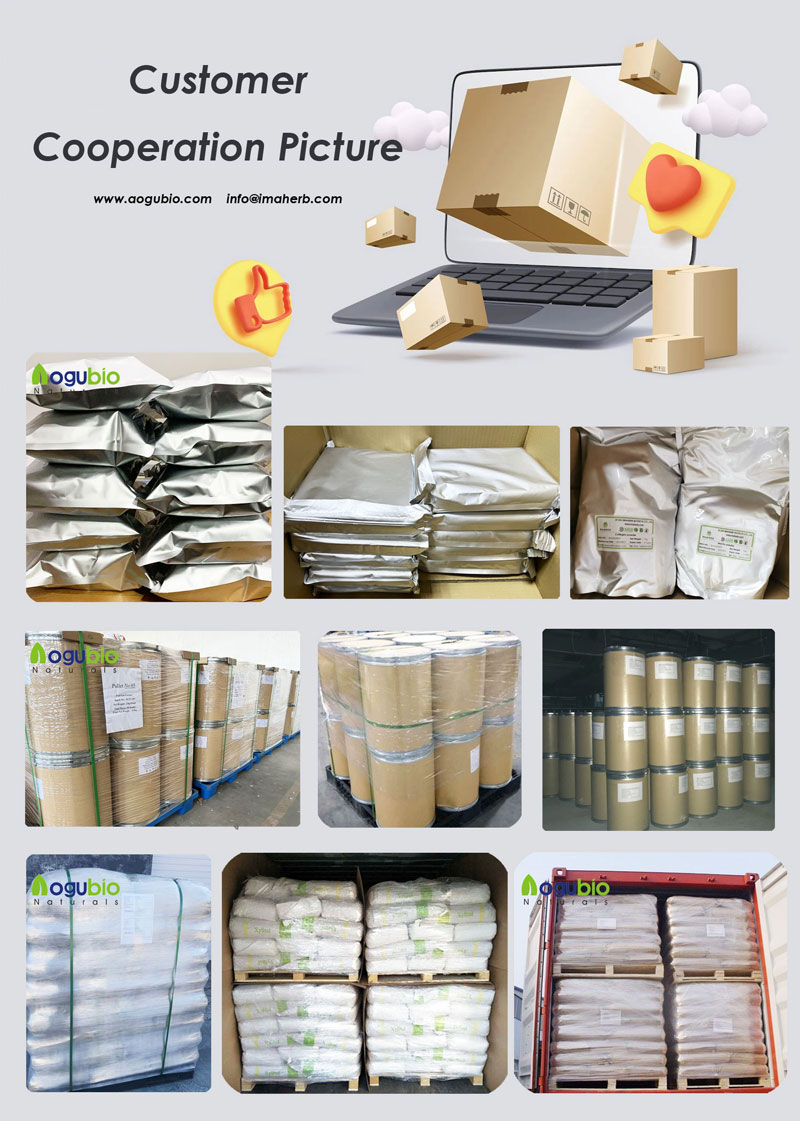The Science Behind N-Acetylcysteine’s Role in Detoxifying Heavy Metals
Heavy metals are naturally occurring elements that can be found in various forms in our environment. While some heavy metals, such as zinc and copper, are essential for our body's functions in small amounts, others like lead, mercury, and cadmium can be toxic even at low concentrations. These toxic heavy metals can accumulate in our bodies over time, leading to a range of health problems. However, recent scientific research has shown the potential of N-Acetylcysteine (NAC) in detoxifying heavy metals and protecting us from their adverse effects.
N-Acetylcysteine, derived from the amino acid cysteine, is a powerful antioxidant and precursor to glutathione, the body's most abundant antioxidant. It has long been recognized for its ability to support liver function and protect against drugs and environmental toxins. More recently, studies have focused on NAC's specific ability to bind to heavy metals, facilitating their elimination from the body.
One of the mechanisms by which NAC aids in heavy metal detoxification is through chelation. Chelators are substances that bind to heavy metals, forming a highly stable complex that can be excreted through the urine or bile. NAC's thiol (-SH) group has a particularly strong affinity for heavy metals like mercury, lead, and cadmium. By binding to these metals, NAC reduces their potential to cause harm and facilitates their elimination from the body.
Furthermore, NAC supports the production of glutathione, which plays a crucial role in heavy metal detoxification. Glutathione is a tripeptide composed of three amino acids – cysteine, glycine, and glutamate. It acts as a potent antioxidant and aids in the neutralization of heavy metals by binding to them and forming water-soluble compounds that can be excreted. NAC provides the necessary building blocks for glutathione synthesis, ensuring an adequate supply of this vital antioxidant for effective heavy metal detoxification.
Moreover, NAC provides protection against heavy metal-induced oxidative stress. Upon exposure to heavy metals, the production of reactive oxygen species (ROS) increases, leading to oxidative damage of cells and tissues. NAC, with its potent antioxidant properties, scavenges these ROS, thereby reducing oxidative stress and preventing further damage. By combating oxidative stress, NAC not only counters the immediate damage caused by heavy metals but also protects against their long-term effects, such as chronic inflammation, cardiovascular diseases, and neurodegenerative disorders.
Clinical studies have provided evidence for the effectiveness of N-Acetylcysteine in heavy metal detoxification. A randomized controlled trial involving patients with chronic renal failure found that NAC supplementation significantly reduced blood levels of lead and cadmium. Similarly, another study demonstrated that NAC reduced mercury concentrations in the blood and urine of dental personnel exposed to mercury vapor.
When considering N-Acetylcysteine supplementation for heavy metal detoxification, it is essential to consult with a healthcare professional. They can determine the appropriate dose and duration based on individual requirements and health conditions.
In conclusion, N-Acetylcysteine exhibits immense potential in detoxifying heavy metals through chelation, promoting glutathione synthesis, and combating oxidative stress. Its ability to bind to heavy metals and facilitate their elimination from the body makes it a valuable tool in mitigating heavy metal toxicity. However, it is crucial to understand that NAC should be used under professional guidance to ensure its safe and effective usage in heavy metal detoxification protocols.
Product Description
N-acetyl cysteine (NAC) comes from the amino acid L-cysteine. Amino acids are building blocks of proteins. NAC has many uses and is an FDA approved drug.
N-acetyl cysteine is an antioxidant that might play a role in preventing cancer. As a drug, it's used by healthcare providers to treat acetaminophen (Tylenol) poisoning. It works by binding the poisonous forms of acetaminophen that are formed in the liver.
People commonly use N-acetyl cysteine for cough and other lung conditions. It is also used for flu, dry eye, and many other conditions, but there is no good scientific evidence to support many of these uses. There is also no good evidence to support using N-acetyl cysteine for COVID-19.
N-Acetyl-L-Cysteine is an amino acid, can be transformed from the body of methionine, cystine can be transformed with each other. N-Acetyl-l-cysteine can be used as a mucilagenic agent. It is suitable for respiratory obstruction caused by a large amount of phlegm obstruction. In addition, it can also be used for detoxification of acetaminophen poisoning.


Function
N-Acetyl-L-Cysteine is an amino acid, can be transformed from the body of methionine, cystine can be transformed with each other. N-Acetyl-l-cysteine can be used as a mucilagenic agent. It is suitable for respiratory obstruction caused by a large amount of phlegm obstruction. In addition, it can also be used for detoxification of acetaminophen poisoning.






















